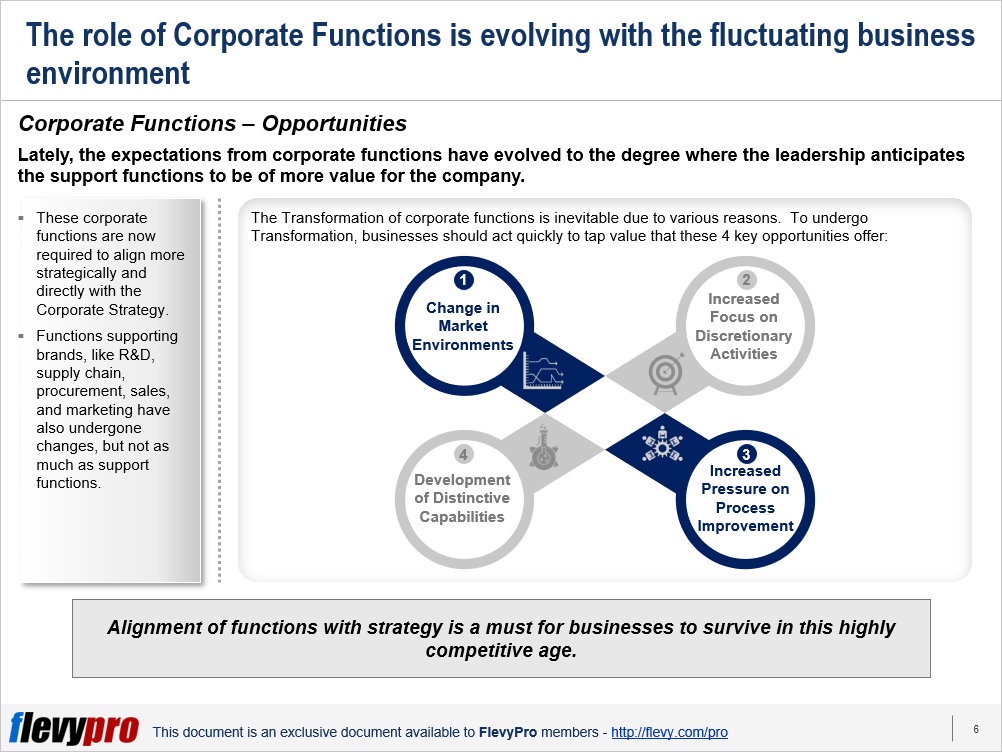Globally, corporate non-compliance is a serious problem. Major firms have been involved in well publicized cases that demonstrate how misguided the common explanations are for why employees indulge in illegal acts.
No compliance program can totally stop undesirable behavior by a small number of workers. However, behaviorally aware programs have the potential to achieve primary objective of Compliance, namely the reduction of unethical and illegal behavior within the organization.
To do this, it is crucial to be aware of employee behavior, of which decision-making is the most crucial aspect. Humans can decide in 2 different ways:
Intuitive, also known in psychology as System 1, makes decisions through associative memory and habit, which makes it difficult to control or change. The mind offers quick associations, idea after idea connecting with ease.
Reasoning, which psychologists also refer to as System 2. It involves using organized thought to solve complex situations such as mathematical problems, or writing paragraphs, or taking decisions that are compound in nature.
Because System 2 requires more mental effort, people typically rely more on System 1 when making decisions. The issue with that is, instead of using System 2 to evaluate their decisions made through System 1, people frequently use System 2 to defend decisions made using System 1.
System 2's inability to stop unethical behavior is studied on the basis of Behavioral Ethics Research, but it does not fully explain it. Criminology aids us in developing this further.
According to criminologists, for an unethical act to take place, 3 requirements must be met:
1. The issue should be a non-communicable issue.
2. Trust must be betrayed in order to solve the problem.
3. Verbalization has to take place.
Effective compliance strategies focus on how employees—the real users—would be impacted rather than how government authorities will react to compliance activities.
The following 3 cost-effective measures, that businesses may take to stay clear of the ingrained behavior of serving self-interest which leads to compliance infractions, are suggested by Behavioral Strategy in conjunction with Criminological insights:
1. Bring a Behavioral Expert onboard.
2. Utilize best practices to eliminate the root cause.
3. Utilize inducements to control conduct.
These 3 easy measures help the Compliance Program's behavioral effects by defeating employee rationalizations that lead to infractions.
Let's examine the 3 phases' specifics in more depth.
Bring a Behavioral Expert onboard
The goal of this stage is to holistically apply various theories—some of which have been around for a while—to the business, particularly to compliance-related difficulties. These theories include the dual system of thinking, rationalization, and behavioral ethics. Companies are just now beginning to understand the importance and efficacy of this technique.
The 1st step in assuring adherence to ethical conduct is hiring an expert externally or training someone within to keep aware of the many areas and their emerging insights into ethical business decision-making.
Utilize best practices to eliminate the root cause
The next step entails using best practices to eradicate the underlying causes of unethical behavior. These practices are motivated by behavioral science, which is at the core of criminology and behavioral ethics. Examples include preventing violation risk through early declarations, having moderated conversations among employees, and sharing success stories. If rationalizations are shown to be the main factor contributing to employee misconduct, compliance programs should aim to eradicate them.
Utilize inducements to control conduct
The last phase comprises implementing suitable reward and incentive structures—financial, non-financial, or a combination of both—to favorably affect how individuals inside a company approach compliance.
According to research, the major cause of substantial corporate trust violations typically has less to do with a rogue individual and more to do with organizational segments that are dysfunctional, incompatible, or inconsistent.
Interested in learning more about Ending Non-compliance and Unethical Behavior in companies? You can download an editable PowerPoint on Corporate Compliance: Ending Unethical Behavior here on the Flevy documents marketplace.
Do You Find Value in This Framework?
You can download in-depth presentations on this and hundreds of similar business frameworks from the FlevyPro Library. FlevyPro is trusted and utilized by 1000s of management consultants and corporate executives. Here’s what some have to say:
“My FlevyPro subscription provides me with the most popular frameworks and decks in demand in today’s market. They not only augment my existing consulting and coaching offerings and delivery, but also keep me abreast of the latest trends, inspire new products and service offerings for my practice, and educate me in a fraction of the time and money of other solutions. I strongly recommend FlevyPro to any consultant serious about success.”
– Bill Branson, Founder at Strategic Business Architects
“As a niche strategic consulting firm, Flevy and FlevyPro frameworks and documents are an on-going reference to help us structure our findings and recommendations to our clients as well as improve their clarity, strength, and visual power. For us, it is an invaluable resource to increase our impact and value.”
– David Coloma, Consulting Area Manager at Cynertia Consulting
“FlevyPro has been a brilliant resource for me, as an independent growth consultant, to access a vast knowledge bank of presentations to support my work with clients. In terms of RoI, the value I received from the very first presentation I downloaded paid for my subscription many times over! The quality of the decks available allows me to punch way above my weight–it’s like having the resources of a Big 4 consultancy at your fingertips at a microscopic fraction of the overhead.”
– Roderick Cameron, Founding Partner at SGFE Ltd
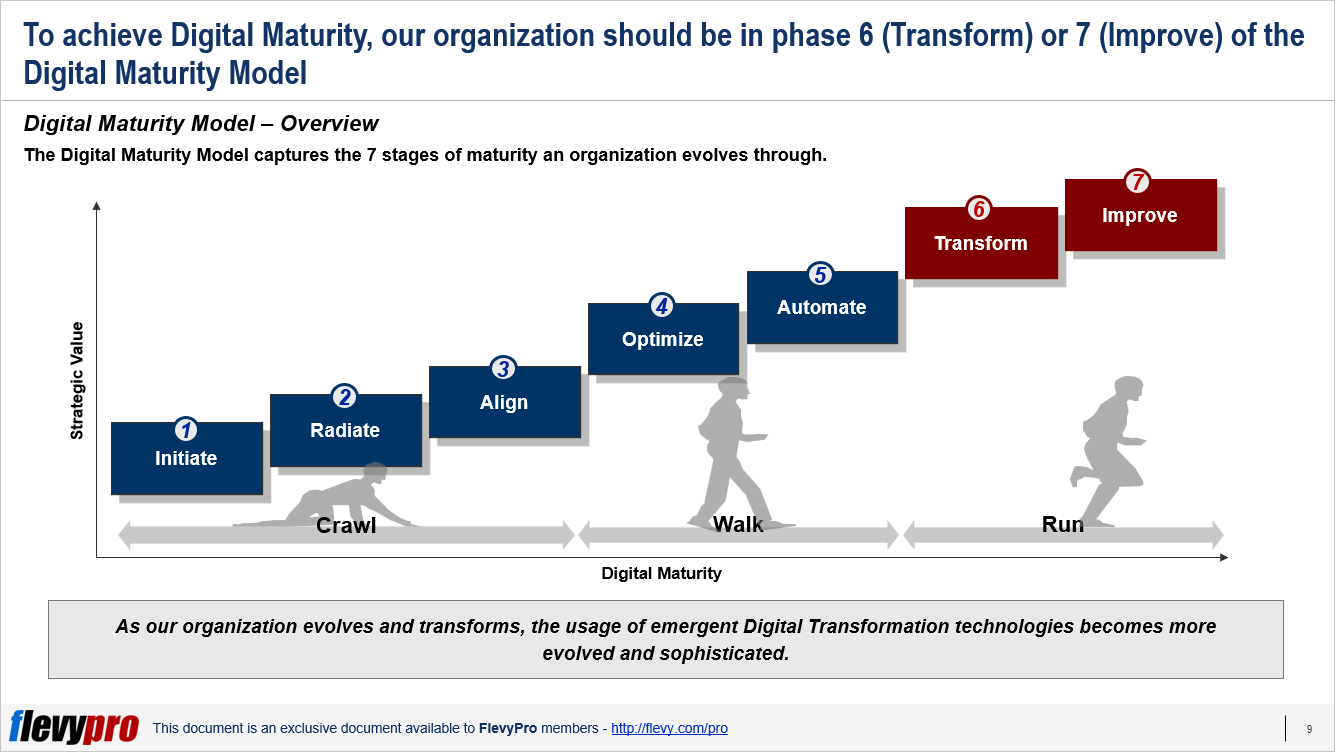
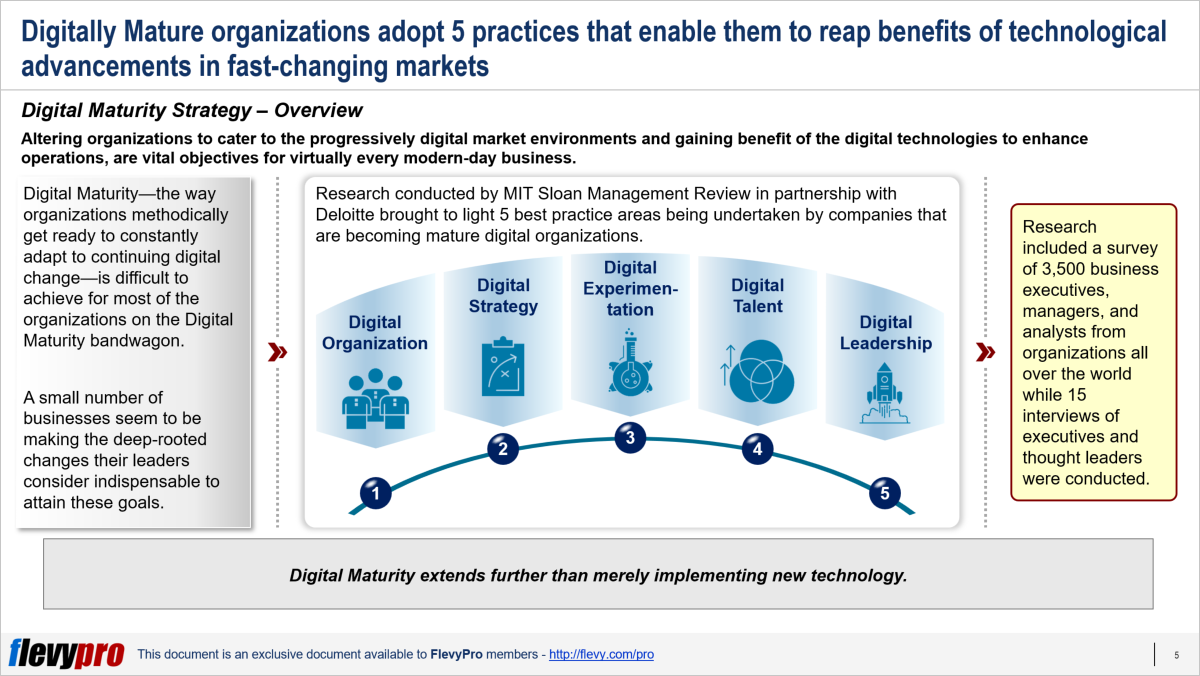

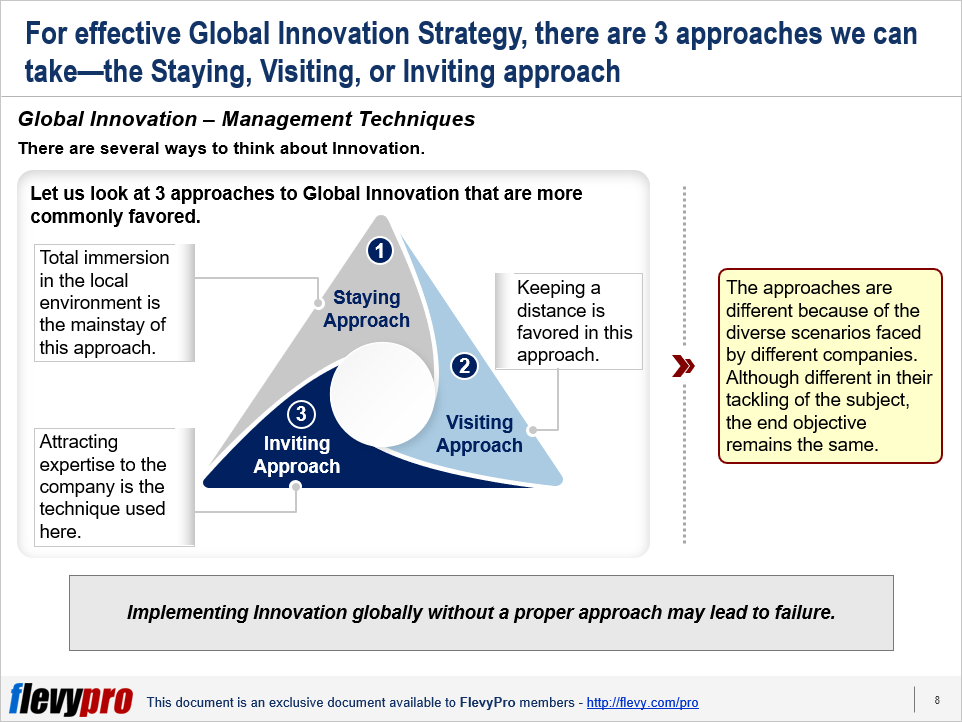
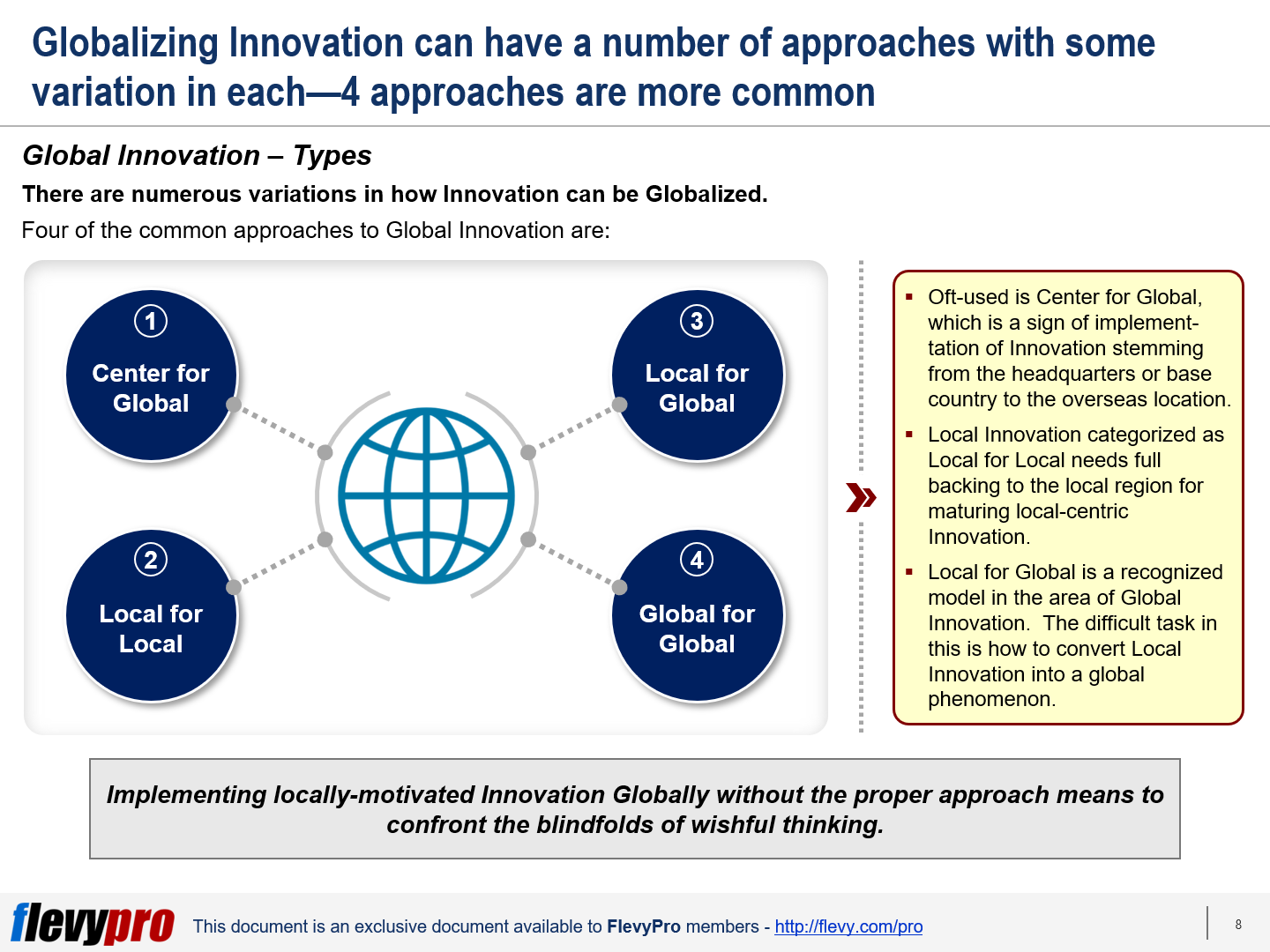
 The role of corporate functions, traditionally, has been to conduct the various service-oriented specialized tasks necessary to run the business. Corporate functions are of strategic significance in achieving organizational objectives yet their role at most enterprises is kind of contractual at best. These units assist in routine operations, facilitate other business units, and manage conflicts and relevant pressing matters. For instance, the
The role of corporate functions, traditionally, has been to conduct the various service-oriented specialized tasks necessary to run the business. Corporate functions are of strategic significance in achieving organizational objectives yet their role at most enterprises is kind of contractual at best. These units assist in routine operations, facilitate other business units, and manage conflicts and relevant pressing matters. For instance, the 